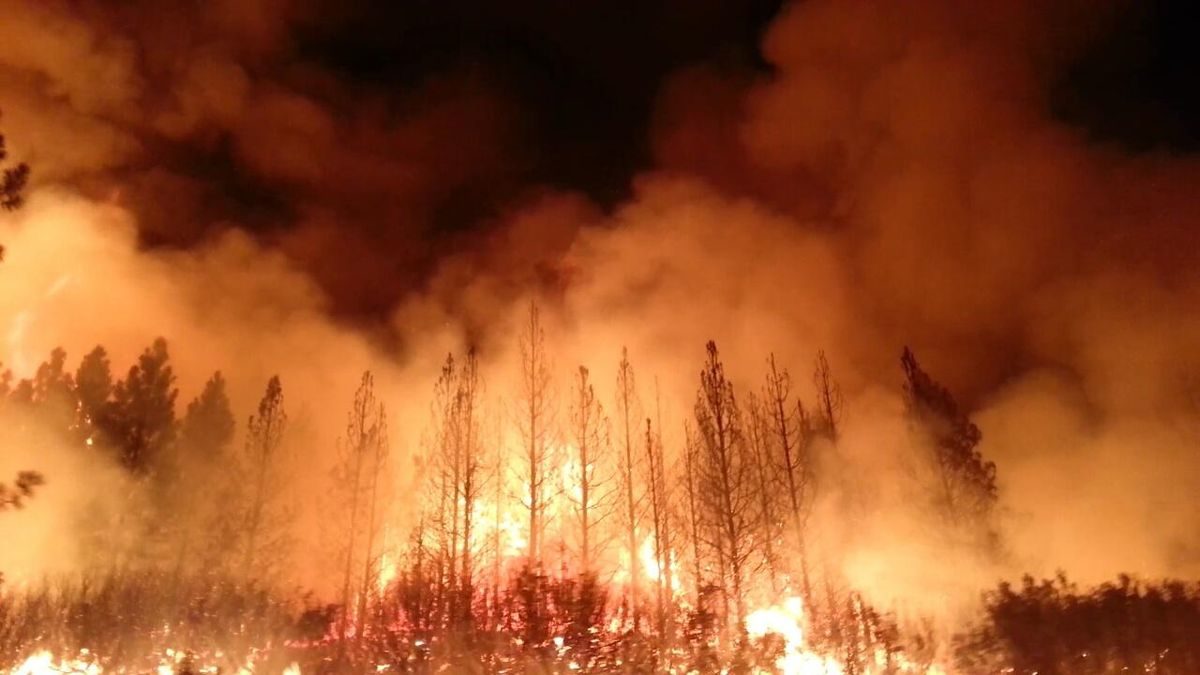California needs batteries. When California is on fire, it needs batteries that can keep a home, a hospital, a fire station, a senior center running longer than the four-hour standard of lithium-ion.
“What’s happened that’s brought this to bear has been the wildfires and the contingency issues we have in the PSPS (public-safety power shut-off) events,” said Mike Gravely, research program manager for the California Energy Commission.
“In November of last year over two million resident people in California were impacted by wildfire PSPS events” in which utilities shut down portions of the grid to prevent equipment from sparking fires during flammable conditions. “The average short outage was 11 hours, and some of it went as high as three to five days.”
During those outages, senior centers and hospitals have relied on diesel generators to supply electricity for critical-care equipment, but during wildfires, diesel fuel can also be hard to come by.
The likely answer is microgrids.
“Microgrids are a big topic,” Gravely said in a webinar hosted by the Clean Energy States Alliance, “and energy storage is a key element of all micro grids.”
What California needs has outsized significance in the energy-storage industry. The state expects to install 2,400 megawatts of energy storage in the next two years, a market-driving number that is, even so, a mere fraction of the 20,000 to 30,000 MW Gravely expects the state to need by 2045.
Lithium-ion’s seeming limitation to four hours can also be traced to California. It’s not so much a feature of the technology as a feature of California’s market, Gravely explained. The grid operator there reimburses storage resources that supply a minimum of four hours and, he said, “that’s what’s been driving most of our systems.”
But California officials believe other technologies can outperform lithium-ion on cost, reliability and safety while providing power for longer durations.
“Part of the microgrid research we’re doing (involves) 45 micro grids,” Gravely said. “Probably at least 40 of those are actually operating with lithium-ion technology, so it’s not like we’re not evaluating and researching lithium-ion technology. We are, but the challenge is that we’re trying to broaden the horizon of options as we go forward.”
Gravely sees energy-storage breakthroughs as a series of duration benchmarks.
“Eight to ten hours seems to be the next break. Twenty-four to 48 hours seems to be another big break, before you get to a hundred,” he said.
Read more: Forbes





